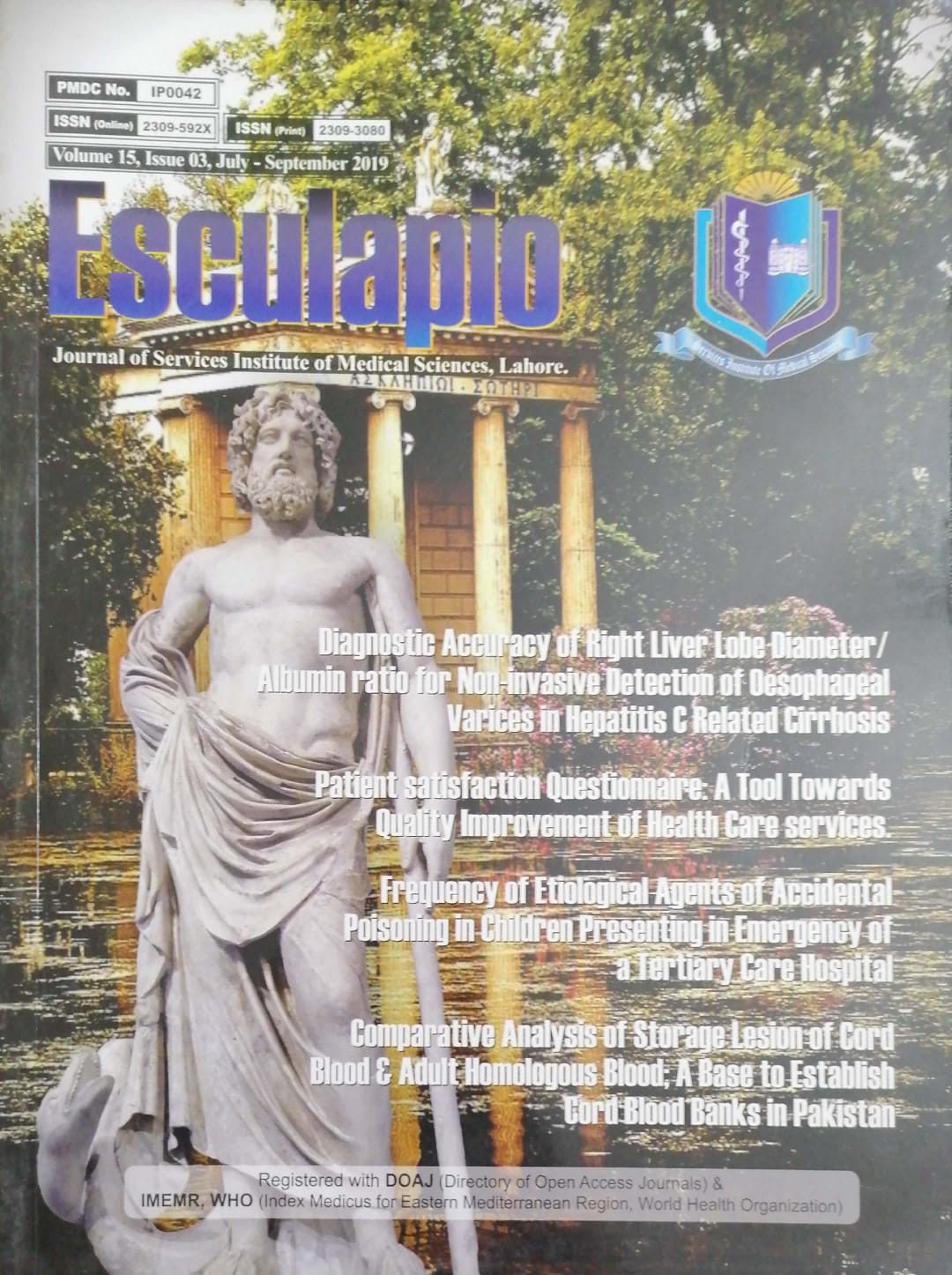Frequency of Heparin-induced thromocytopenia in Patients Treated with Un-fractionated vs. Low Molecular-weight Heparin
DOI:
https://doi.org/10.51273/esc19.71539Keywords:
heparin-induced thrombocytopenia, deep vein thrombosis, un-fractionated heparin, low-molecular-weight heparinAbstract
Objective: To compare the frequency of heparin-induced thrombocytopenia with unfractionated vs. low-molecular-weight heparin in patients presenting with deep vein thrombosis
Methods: This randomized control trial was conducted at department of medicine, Mayo Hospital, Lahore for 6 month i.e. 18-05-2016 to 19-11-2016. Informed consent was taken from all the patients. The non-probability, consecutive sampling technique was used. All the data was collected in terms of two groups. Group A consists of patients receiving UFH 2.5cc in 97.5cc normal saline in micro-burette @8udrops/min continuous infusion while group B consists of patients receiving LMWH (injection enoxaparin) 60mg subcutaneously twice a day. Platelet count
was done on 3rd and 10th day. If platelet count is found to be <50% than baseline, then HIT was labeled. All the collected data was entered and analyzed on SPSS version 20.
Results: In our study the mean age of the patients was 52.33±7.38 years, the male to female ratio of the patients was 1.14:1. In this study the HIT was found in 9(3.75%) patients. Statistically significant difference was found between the study groups with HIT of the patients. i. e p- value=0.017.
Conclusions: HIT is an established complication of heparin therapy. Use of LMWH significantly decreases chances of HIT as compared to UFH in patients presenting with DVT in medical wards
Downloads
Published
How to Cite
Issue
Section
License

This work is licensed under a Creative Commons Attribution-NonCommercial-ShareAlike 4.0 International License.










